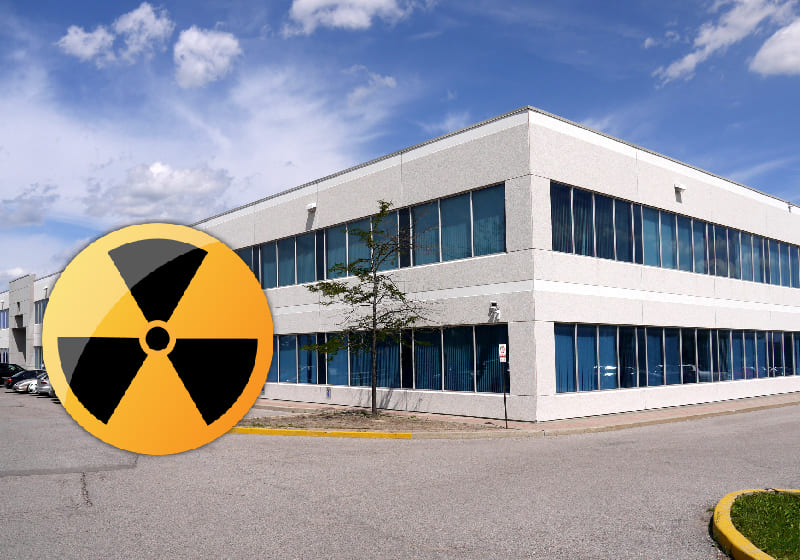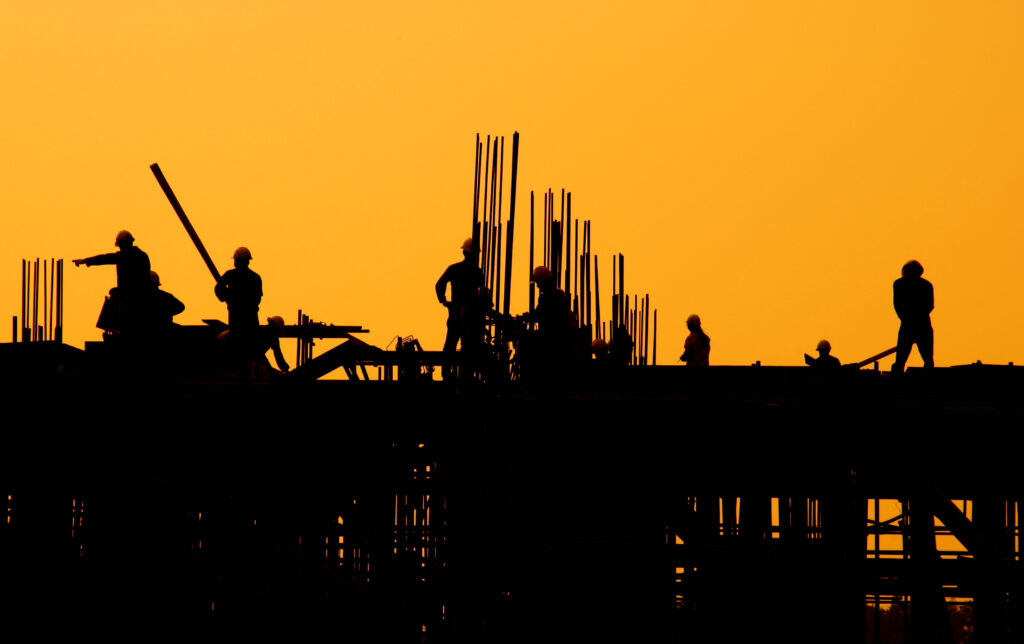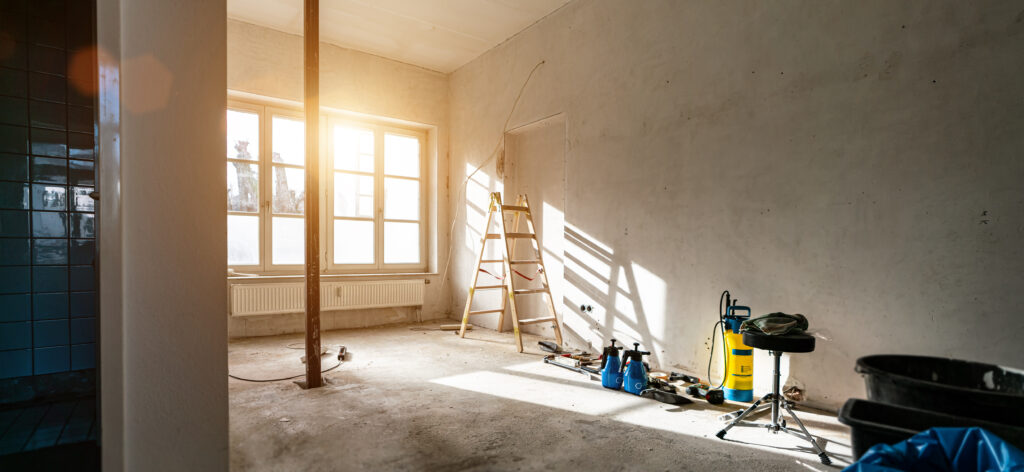With January being National Radon Action Month, it’s important to ensure that your building is protected. Radon poisoning accounts for nearly 14 percent of deaths among non-smokers in the U.S, and close to 16 percent of non-smoking deaths in Canada. While radon is commonly thought to occur primarily in homes, it can also be present in commercial buildings. From offices to multi-family properties, you need to know the risk that radon poses and how to mitigate it.
Background on Radon
Radon is an odorless and colorless gas that forms through the breakdown of certain metals in rocks, soil and groundwater. Since it occurs naturally, you always have some level of radon exposure. While lower levels aren’t a severe threat to your health, the issue arises from prolonged exposure to high levels of radon. Radon is especially hard to detect without the proper equipment, and over time, health problems such as lung cancer can develop. This means you may not know you have a radon problem until it’s too late.
Radon in Offices
While it isn’t common for a commercial building to utilize a basement or lower level for office space, radon may still be of concern to tenants. Commercial buildings may lack airflow, upping the risk of exposure to dangerous levels of radon. Sealed windows and recycled air keep radon confined inside and allow it to continually build up. With workers spending the majority of their day inside the office, their exposure risk increases.
Radon in Multi-Family Structures
Similar to offices, having a level below ground varies with each type of multi-family building. A common misconception with apartments is that the higher you go, the safer you are from possible radon. Although your chances can decrease, it’s not entirely impossible for radon to make its way to upper stories. Radon can maneuver through air ducts and even elevator shafts to every part of a multi-level building. For example, if your tenants don’t open their windows often, radon gas could build.
How Much is Too Much?
It’s important to act on a radon leakage of any kind to prevent major problems later on, but what’s the threshold that requires immediate action? According to the EPA, the actionable level for radon in the United States is 4.0 Picocuries per liter of air (pCi/l). Health Canada has set the actionable level at 200 Becquerels per cubic meter (Bq/m3). These levels also apply to residential properties.
What You Can Do
There are several ways that you can protect your tenants from radon:
• “Reset” your building’s air.
• Monitor your building.
• Conduct necessary repairs.
• Have your building regularly inspected.
Communicate With Your Tenants
Since radon mitigation is a delicate and sometimes invasive process, it’s crucial to educate your tenants. If an issue arises, clear and quick correspondence will help reduce any worries. Your messages should include:
• An update on what’s going on
• What the process will be like
• What they can expect
• How to reach you with any questions or concerns
Reset Your Air
As previously mentioned, office buildings are notorious for their poor circulation. Flushing out your HVAC system every so often will help restore air quality. Proper maintenance and annual cleaning of vents and filters also help increase the air quality in your building. Ensuring that you have an adequate supply of air from outside keeps radon that may be inside your building in check. If your building has windows that can be opened, encourage your tenants to open them on mild days to bring in fresh air.
Monitor Your Building
The best thing you can do for your tenants’ health is to actively monitor the radon levels in your property. You can purchase radon test kits that have a testing time frame of under 90 days or over 90 days. Usually the longer the time frame, the more accurate the results. Along with one-time tests, you can also get an electric system installed. These systems can be placed in multiple rooms and allow you to digitally monitor your entire building. They also have early detection sensors that quickly catch any warning signs of high radon. Radon mitigation systems are yet another way for you to stay on top of radon and lessen the chance of a severe problem.
Conduct Repairs
Along with regular HVAC maintenance, regular building maintenance can keep radon out. Caulking up gaps and cracks in your building’s foundation will keep radon from seeping inside. Once you’ve made these fixes, re-test to ensure that they’re effective. You’ll prolong the life of your building, and keep tenants healthy.
Have Your Building Inspected
Incorporating regular inspections and staying on top of your building’s radon prevention checklist will give you added peace of mind. Contact your local NPI inspector, and schedule your commercial inspection today!



